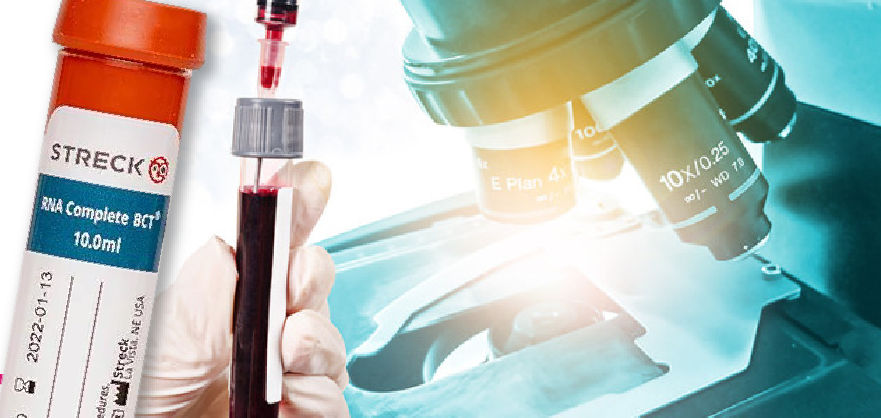MDM2 amplification, (12q13-14)
Liposarcoma is a malignancy of fat cells. In adults, it is the most common soft tissue sarcoma. The most recent World Health Organization classification of soft tissue tumors recognizes 5 categories of liposarcomas:
- well differentiated liposarcoma (WDLS), which includes the adipocytic, sclerosing, and inflammatory subtypes.
- dedifferentiated liposarcoma (DDLS)
- myxoid liposarcoma (MXLS)
- round cell liposarcoma
- pleomorphic liposarcoma
WDLS and MXLS liposarcoma they are the most common, while pleomorphic liposarcomas are rare. DDLS is a high degree non-lipogenic sarcoma arising from a pre-existing WDLS. However, WDLS and DDLS subtypes are often difficult to distinguish from other tumors with similar morphological characteristics using morphological criteria and immunohistochemistry-based techniques.
Genomic profiles of DDLS and WDLS subtypes are characterized by amplified sequences of the 12q14-15 chromosomal region, where MDM2 (murine double minute-2) and CDK4 (cyclin dependent kinase-4) genes are located. MDM2 is an oncogene whose expression controls both tumorigenesis and cell cycle, promoting the degradation of the tumor suppressor protein p53 (TP53). MDM2 is amplified in the case of WDLS and could be considered as a key gene for this type of tumor. CDK4 (12q14.1), responsible for phosphorylating the retinoblastoma protein (RB1), is frequently amplified in tumors where MDM2 is also amplified.
The study of this alteration in MDM2 gene by FISH is the most useful tool for the diagnosis of WDLS and DDLS liposarcomas. However, MDM2 protein IHC-mediated detection is only useful for the diagnosis of DDLS.
References
- Kimura H, et al. (2013) Int J Clin Exp Pathol. 6(7): 1306–1316.
- Tanas MR, et al. (2009) Adv Anat Pathol. 16:383–391.
- Weaver J, et al. (2008) Mod Pathol. 21:943–949.
- Sirvent N, et al. (2007) Am J Surg Pathol. 31:1476–1489.


